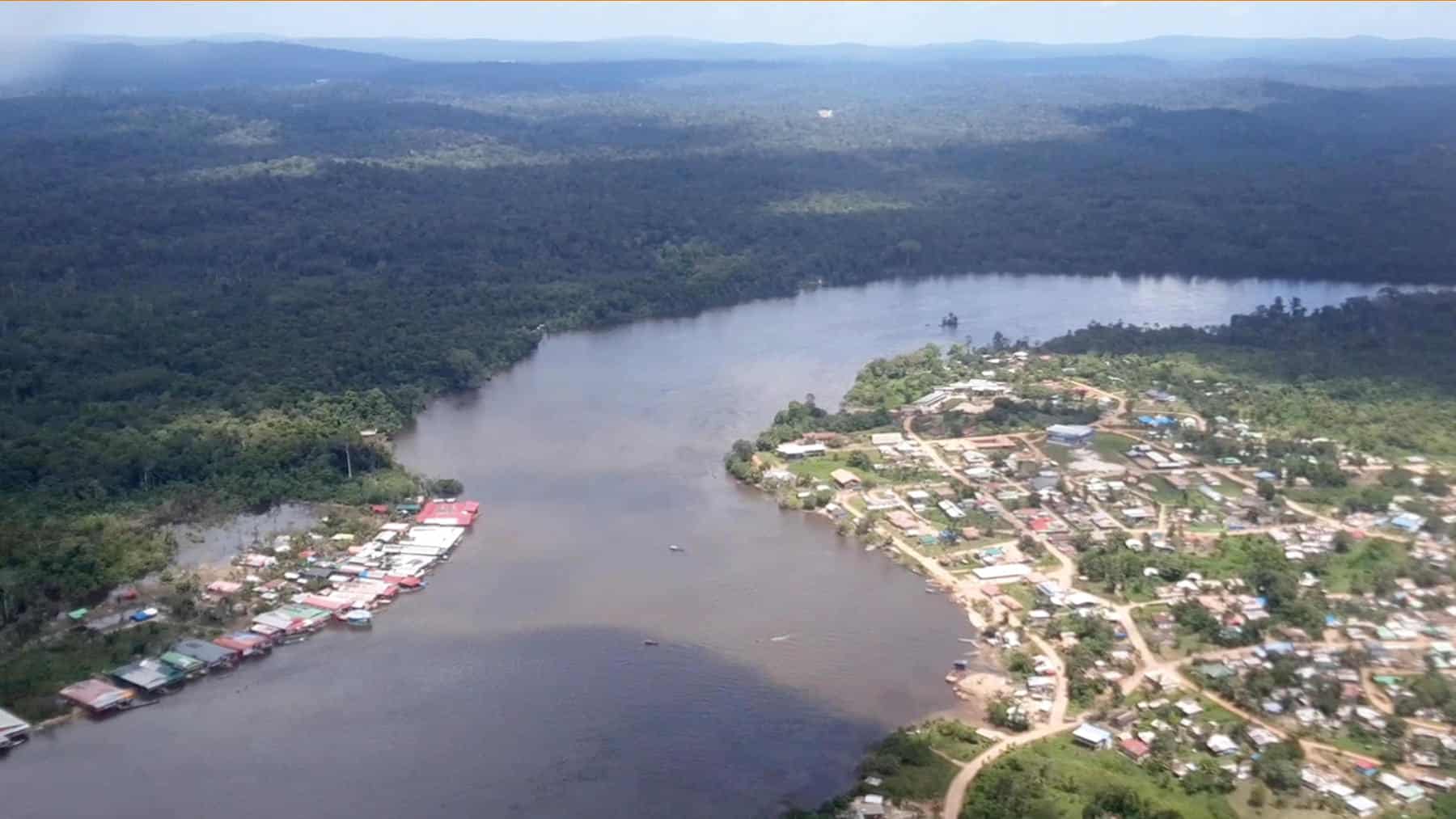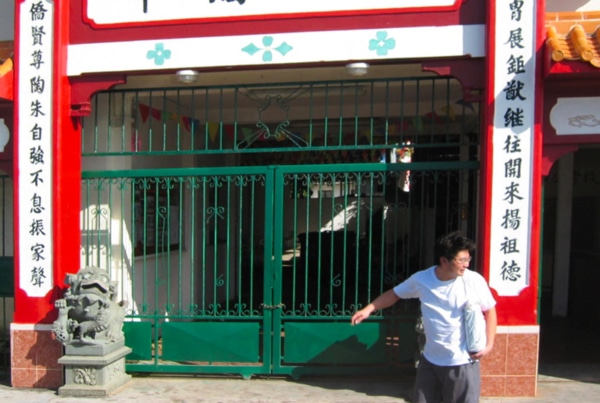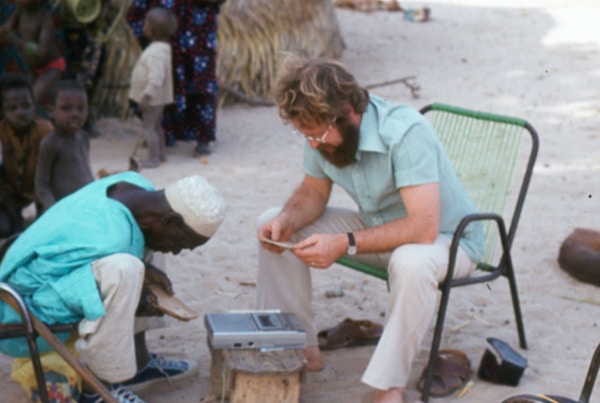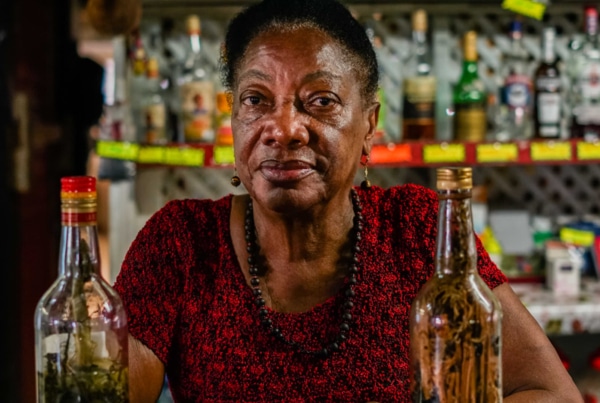
As part of the "Borders, Circulations, Interculturalities and Human-Milieu Interactions" seminar, the LSH DFR, in collaboration with the LEEISA and MINEA laboratories, is organising a conference entitled "The Maroni, border or country: circulations, transgressions and accommodations of the river's populations between French Guiana and Suriname (19th century to the present day)".
It will be presented by Tristan Bellardie, history lecturer at the University of Guyana, on Friday 12 May from 6pm to 8pm in room F 108.
E n March 2019, an increasing number of incidents between the French and Surinamese authorities on the Maroni reignited a border dispute that dates back more than a century and a half. Against a backdrop of control over illegal gold-panning activities on French territory, the respective diplomatic services are asserting rights that are still very vague, inherited from an unfinished colonial policy. Behind the battle over sovereignty, the Maroni reveals a multi-faceted space, where the border merges with territories and practices that cross and transgress it. This line, the product of colonial imagination, has to contend with populations and activities that move across territories stretching from one bank to the other: Bushinenge or Amerindian countries, gold mining regions, etc. Since the end of the 18th century, these multiple dividing lines have defined what is permitted and what is forbidden, and balances have been built upstream and downstream.
As the border gradually became superimposed, these balances also shifted from one bank to the other, as historical events dictated. Gold is a particularly good example of how these cross-border movements have been adapted: yesterday's marauders on the French right bank, garimpeiroson Surinam's left bank, each looking with lust at the gold riches opposite.
The reality of the border is difficult to establish in the day-to-day life of the river and its populations. France's claim to sovereignty over the Maroni has always lagged behind, after the territory had been taken over in complete autonomy by the peoples who actually lived there, whether Amerindian, Bushinenge or Creole. Until the final integration of the hinterland of the Inini Territory in 1969, the State lagged behind the people, and the law came after customs. In this way, the local populations built up spaces that were very often in resistance to the authorities, of which the border appeared to be no more than a mere avatar.
The aim of this paper is to examine the reasons for these various transgressions, how they have persisted and how they have evolved since the end of the 19th century.
A few words about the speaker
Tristan Bellardie, a history lecturer at the University of Guyana and associate researcher at MINEA, specialises in the history of the Maroni and its people. He has been working in the field since 1993 and lives in Maripasoula, in the heart of the Haut-Maroni.
His work has focused on the relations between the colony of French Guiana and the various populations, the construction of spaces and interactions on the river between the seventeenth and twentieth centuries (period of contact, slavery, gold cycle).




